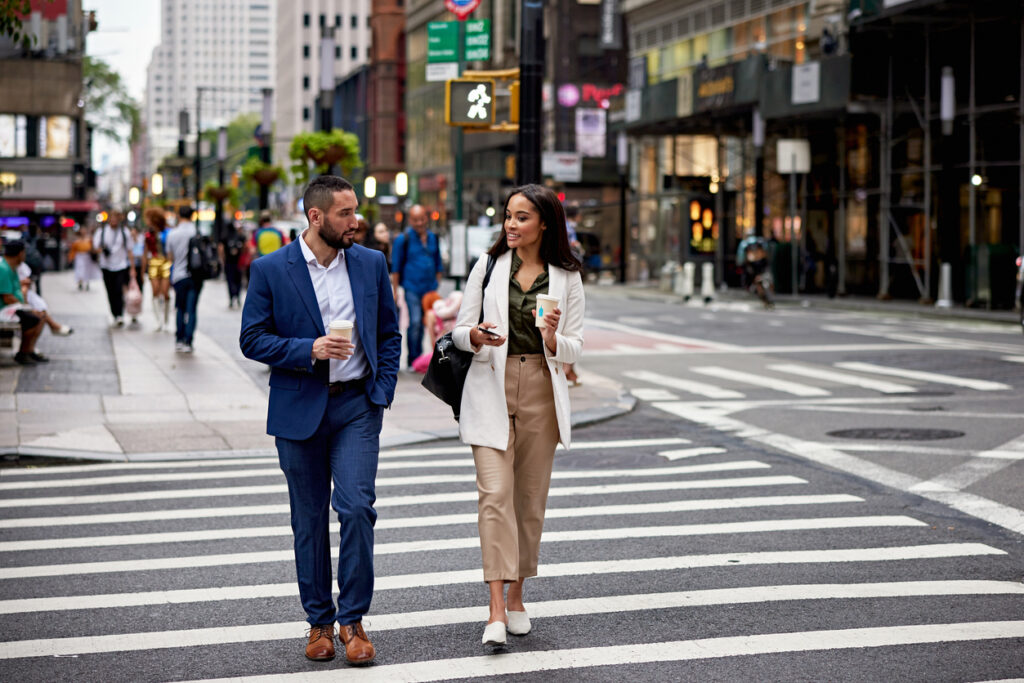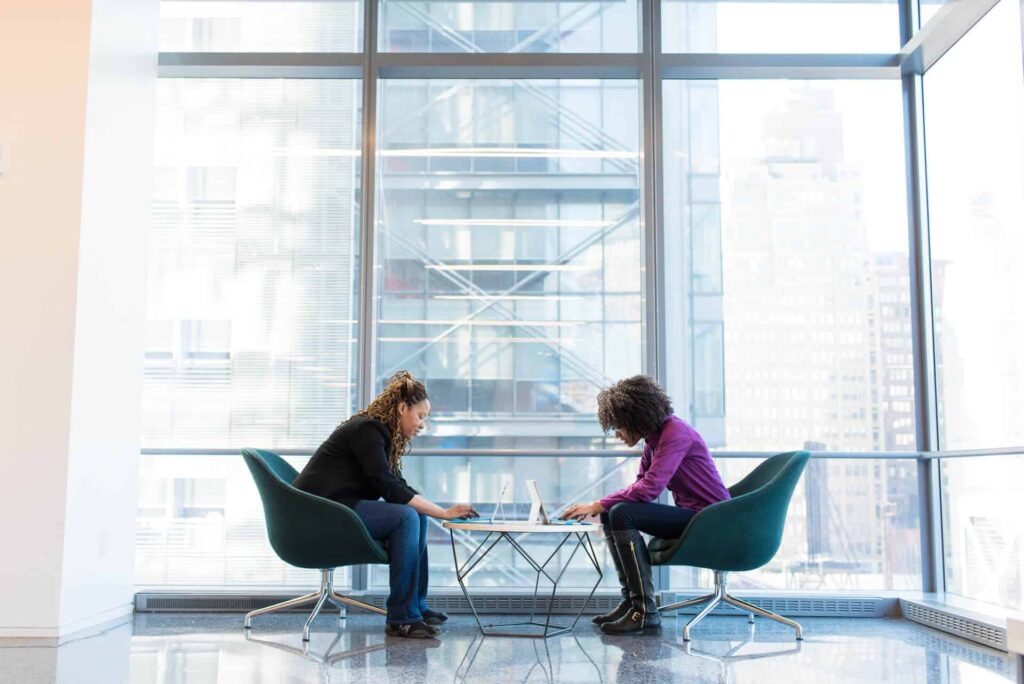Aura Office Design Principal & CEO Dan Boram talks about the need to align the built environment and company culture to create the full scope of a successful office space.
Sometimes building the perfect office space means focusing on the things you can’t buy and build. People collaborating and working together. Natural light beaming through the hallways. The ability to openly approach a supervisor without fear.
These are the intangibles of an office space or, as Dan Boram describes it, its “aura.” The very best office spaces transcend physical beauty and align it with a deeper understanding of company culture. Aura Office Design’s Principal & CEO chats with us about this important balance and how it can make or break an office space.
Could you talk about the importance of building an “office aura?” Beyond the physical aspect of an office space, how does this relate to its overall energy?
Boram: Every company’s culture is trying to reflect some sort of brand. You really need to look at that first before developing a workplace strategy because every space you walk into has its own aura from a physical look and feel. That aura also extends to the culture of the people and how they function within the company as well as their overall attitude.
What we’re trying to do is align all those things. Putting a fantastic culture in a space that doesn’t speak to it can really mess it up. You don’t have to break the bank either. It can be simple things. There are some organizations that spend a lot of money on their space and others that just don’t have that money sitting around.
It’s very important to align the company culture with a physical space. Most people inherently know that, but when it come to reality and actually doing it—we’ve seen it done wrong so many times. The aura is the energy that you experience in the space and the need to align it with what the company’s strategic plan and culture really are.
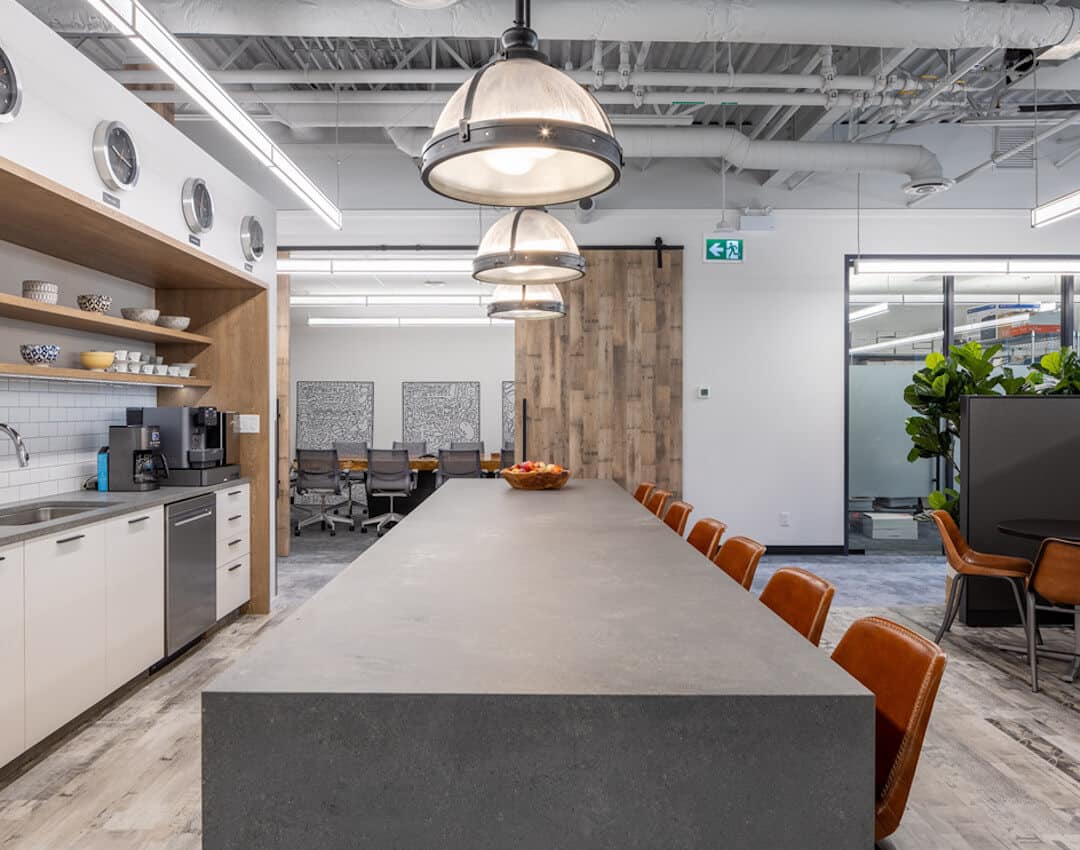
Until recently, Aura had three different office design classifications: Millennial, Modern, and Traditional. Why did you feel this was the best way to divide these classifications?
Boram: What we were trying to do at that stage was appeal to all these different groups. The way we look at it now is that there are no two designations that are the same as far as a style of design—every organization is completely different.
We start with a discovery-led process which is pretty unique in that we’re getting a lot more information about these companies and their workplace strategy output. These three designations, Millennial, Modern, and Traditional, each came with their own unique designs and workplace strategies. That said, we’ve moved away from actually saying “this is a Traditional space” and “this is a Millennial space” per se. Each space that we do is completely unique, regardless of generation.
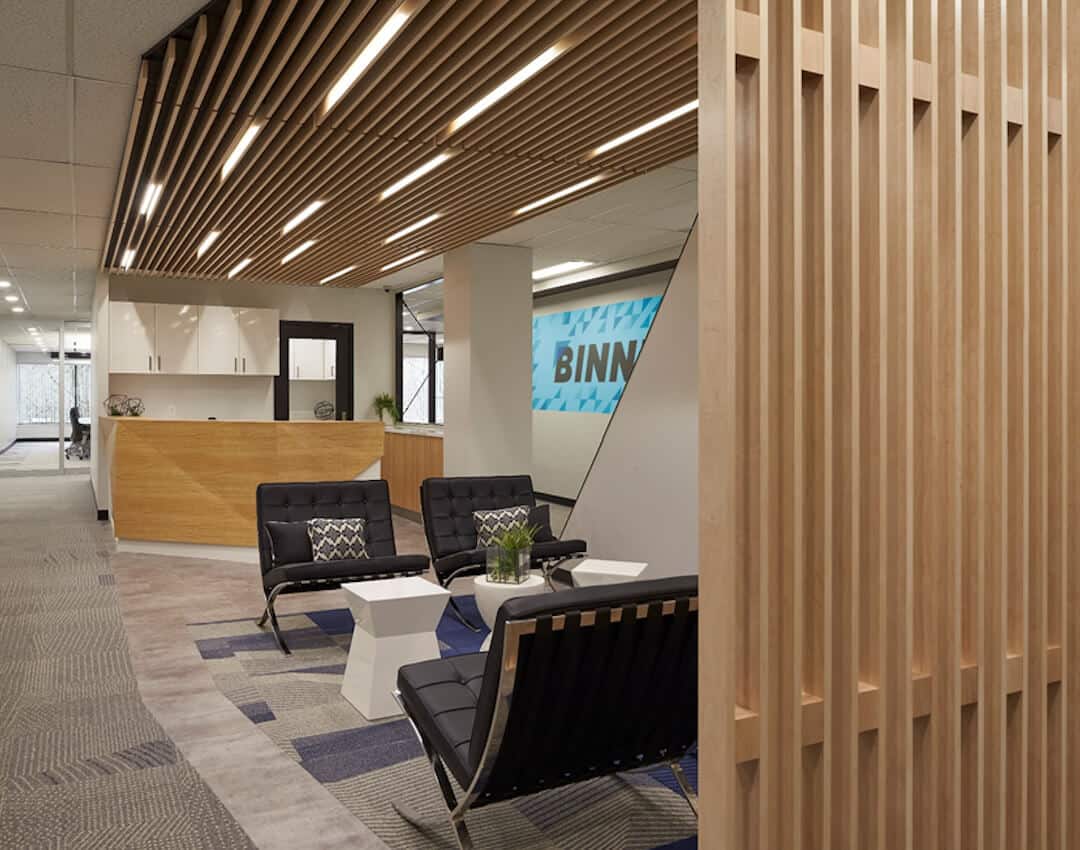
Speaking of different workplace approaches, how do you think office design has changed in a greater sense in recent years?
Boram: One of the biggest trends has been the change from lots of closed office spaces to more open concept plans. A lot of companies are finding that open plan doesn’t work well for them; however, there’s a lot of distractions and many people don’t work well in that level of noise. On the other hand, there are also people that thrive in that kind of environment.
What companies need to do is look at the different ways people work and make sure they have the ability to be agile within a space. That doesn’t work in some industries. You can’t necessarily move your computer to another desk in every workplace. Because there is such a rapid pace in which technology is changing the workplace, the management of it is so critical. Co-creating spaces with your team is more effective than it ever has been. You need to manage that change through the entire process.
Professional service and technology companies are typically two different styles of spaces, but they’re both facing the same reality in a market like Vancouver, which is a lack of square footage. As a result, companies are being forced to get creative with that square footage. The biggest shift is really manning the change itself which translates into co-creating with your team, bringing them in to a certain extent, and managing change as companies take on different physical spaces.
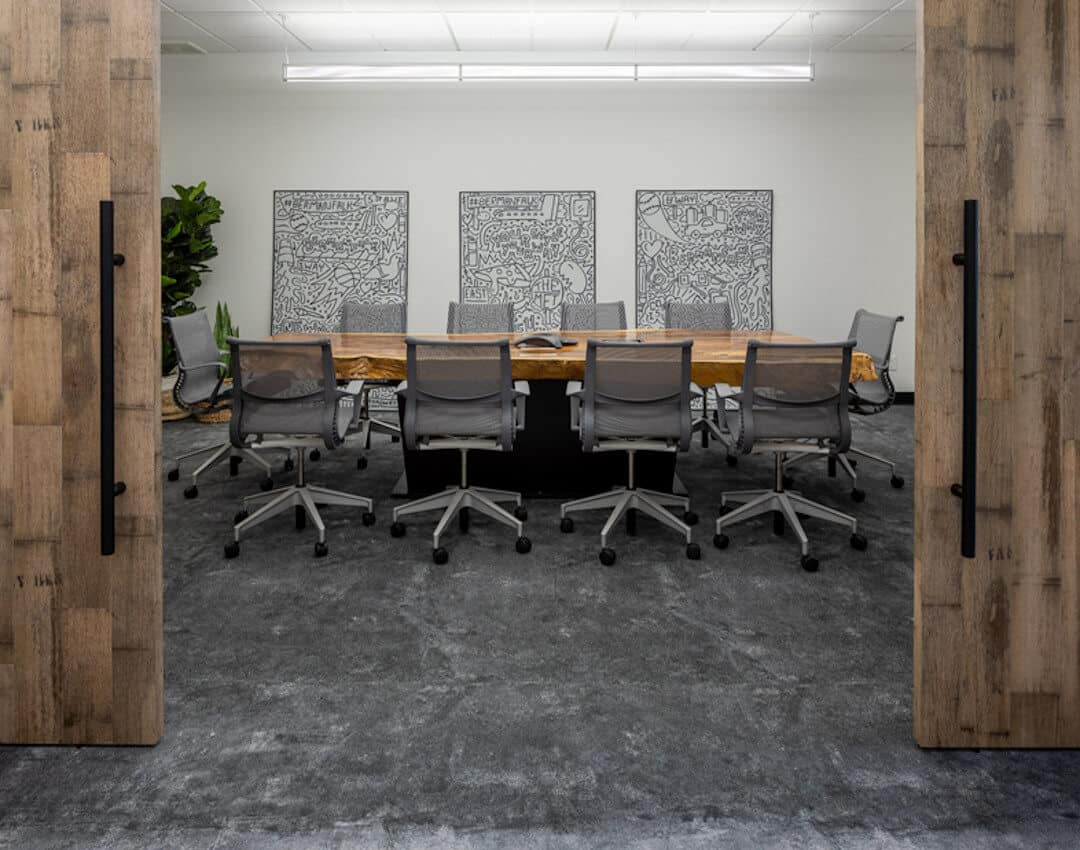
What’s the most rewarding project you’ve been a part of with Aura and why does it stand out for you?
Boram: One of the most rewarding projects I’ve been a part of that sticks out in my mind is Tourism Vancouver. They had a space that didn’t speak to Vancouver and was in need of such a transformation. Working with their team on a series of hackathons, idea sharing, and providing feedback as to why certain ideas do or don’t work has been very fascinating to me.
The space also needs to reflect Vancouver because the product they’re selling is the city itself. The ability to bring nature into the space is important as well as access to light, biophilia, and leveraging the principles of WELL Certification, which focuses on health and wellness in the built environment.
People also want flexibility and we find that the highest achieving staff are the type that like to change up their physical atmosphere throughout the day: more than just a sit-stand desk, the ability to pick up your work (technology permitting) and move physically to another spot in the office. We’re finding the high achievers in these organizations are the type that likes this agile style of working.
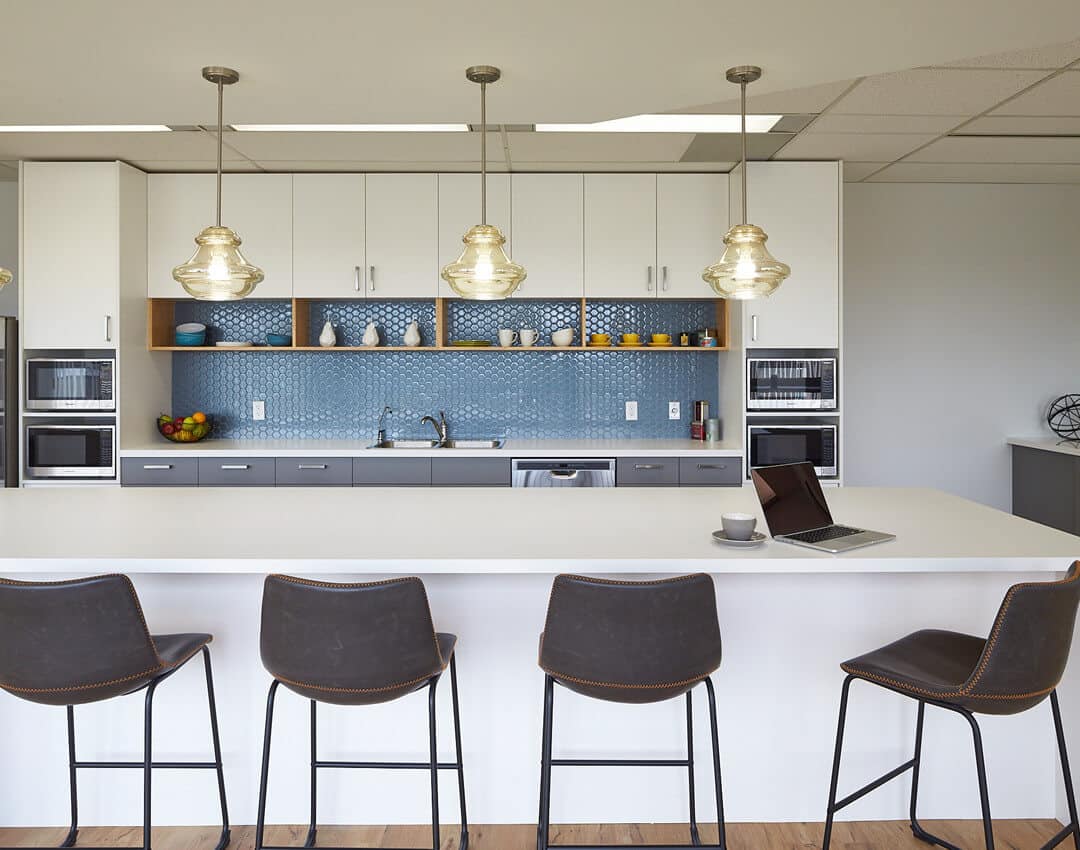
In a more general sense, what office design trends on the horizon are you excited about that you think other design firms need to take note of?
Boram: There needs to be a further push for environmental responsibility when using materials on projects. Secondly, in North America, I feel like there’s a lot to learn from other countries that are miles ahead of us and providing lots of flexible options. Making it so you can reconfigure a space easily without huge renovation costs.
In order to make these spaces more flexible, I also think there needs to be more product availability on the market. Furniture, walls, ceiling systems, lighting, you name it. Taking away that astronomical cost every time you want to make a change in how you work needs to be embraced more and with more resources put into it. If companies are locked into a long-term lease as they expand or contract, it would be great if they could sublet with ease and offset the cost of that additional space.
Another thing is remote working. You look at a lot of spaces where there are people working from home two or three days a week or traveling for work. What design firms need to do is help their clients make better use of the space and come up with a better workplace strategy so that you don’t have people working an eight-hour shift in the center of a space without access to natural light while other offices and meeting spaces are sitting empty.
Find out more about how Aura Office Design can help your organization with its office design needs at their website.
Beyond the built environment, what is the most important part of an office space? Join the conversation and leave us a comment below.
Photos: Aura Office Design




